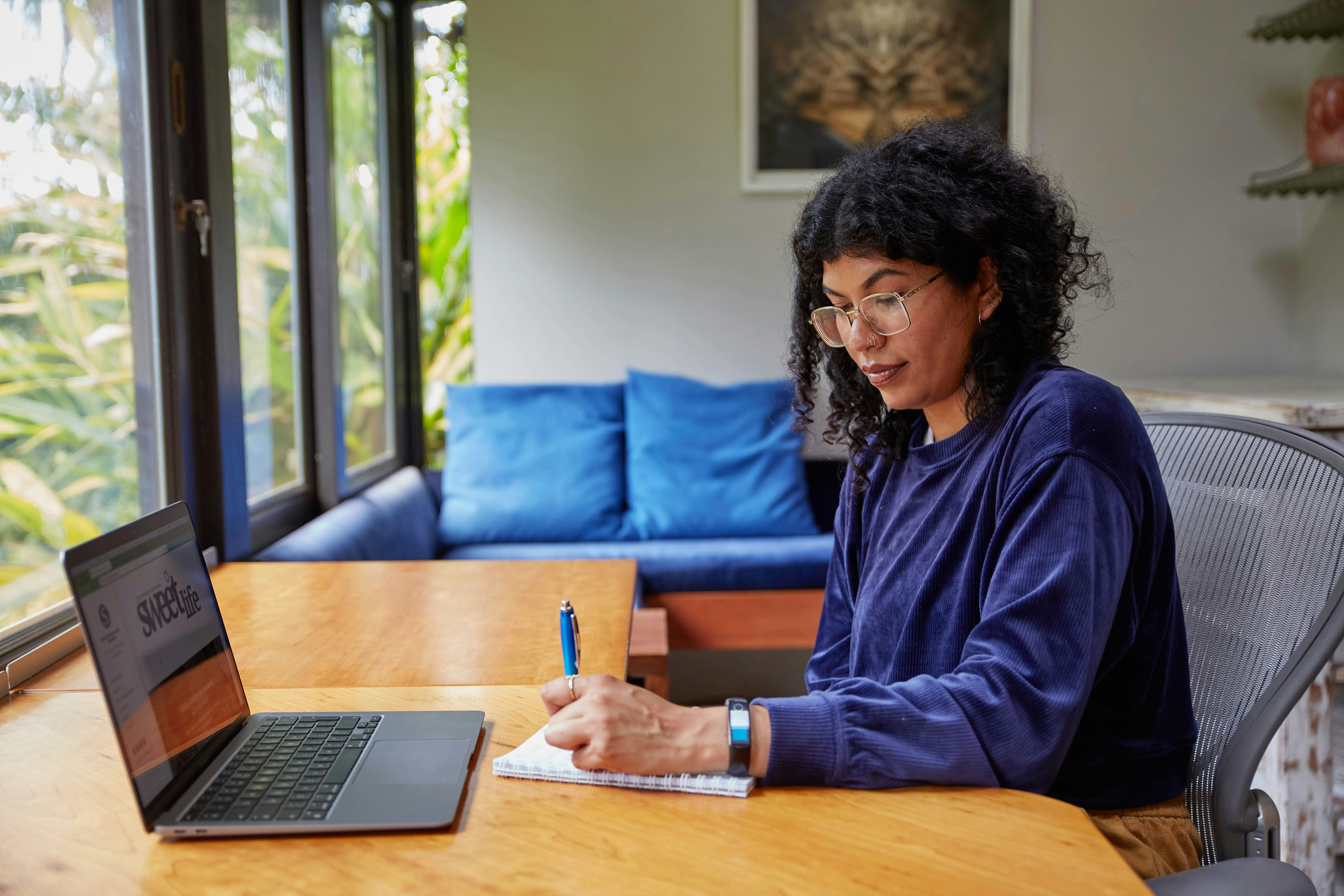The foundation of a deeply rooted culture and tradition is being shaken by'silent revolution', rather than through noise. This revolution? Women from India entering the finance, business, and economic growth arenas not only as participants but also as catalysts for change.
Nari's financial destiny is now more significant than ever, as she is not only Lakshmi but also the CEO.
Household Budgeting and the National Economy
Indian women have been dealing with finances since the inception of the term "financial literacy". From managing kitchen budgets to secretly saving money in steel boxes, our mothers and grandmother embodied the typical financial elite of their time. The ability to convert 100 into magic was their expertise.
But now? Those two thoughts are propelling startups, investment portfolios, and global expansions.
Women Entrepreneurs in India: Breaking the Cycle
Here are a few mind-boggling facts:
🔸By 2024, India had over 15.7 million women-owned businesses.
🔸Despite economic slowdowns, female-owned startups experienced a 30% increase in growth year-on-year.
🔸The number of women investing in stocks and mutual funds in India has increased by 35% since 2022.
🔸Among the women who are leading or cofounding top fintech companies are Falguni Nayar (NYKAA), Richa Kar (Zivame), and Upasan Akin Taku (MobiKwik).
These women did more than just savor financial rewards; they also contributed to ecosystem creation.
Digital India, Financially Empowered Nari
Women from rural areas are now stepping into finance with confidence, thanks to the widespread use of UPI, Aadhaar, and mobile banking in Tier 2 and Tier 3 cities. Women in rural areas are acquiring knowledge:
- How to invest in SIPs,
- Run e-commerce businesses on WhatsApp,
- Earn via YouTube and Instagram,
- Use UPI to track spending.
In 2023, 75,000 crore was added to India's rural credit economy through the participation of women-led Self-Help Groups (SHGs).
The Stock Market has shifted away from gold and towards women
Women's comfort zone was traditionally confined to gold and fixed deposits. The Millennial generation's investment in:
- Mutual Funds
- Real Estate
- Cryptocurrencies (cautiously though)
- Index Funds
- IPOs
The number of women investors on platforms such as Groww, Zerodha, and Smallcase has grown by 42% in the last 18 months.
Let's face it, women tend to play the long game when entering the market. Reduced panic selling leads to increased research-based efforts.
Government Schemes Pushing Women Forward
The potential of this is not being overlooked by India. Government has introduced special schemes for women:
- Women who are entrepreneurs can avail the Stand-Up India Scheme, which offers loans ranging from 10 lakh to акр1 crore
- Rural women can now start self-employment in the coir industry through Mahila Coir Yojana
- Pradhan Mantri Mudra Yojana is a micro-financing scheme for small businesses that was introduced recently
- An investment plan called the Sukanya Samriddhi Yojana is designed for girls.
- One District One Product (ODOP) is committed to improving women's local product businesses
How come there are still limitations in our approach to communication?
Despite the challenges that are present, we must acknowledge their existence
- Lack of family support in many families
- Gender pay gap still exists
- Many women feel intimidated by jargon-heavy financial websites
- Online money transactions are viewed as a risky venture
- Societal thinking persists in identifying finance as the male domain
But guess what? Women aren't backing off. They're learning, adapting, and leading.
The Future? It's Feminine and Financially Fierce
Women are no longer the only ones being entrusted with leadership. Families, businesses, and economies benefit when women manage their finances.
Indian daughters who once kept coins in their dupatta may now have a voice in the next unicorn startup, big IPO, finance minister.
Are you a female and reading this? Don't wait for permission. Earn, invest, and establish your own empire.
India's economy is not exclusively dependent on digital technology. Why?
